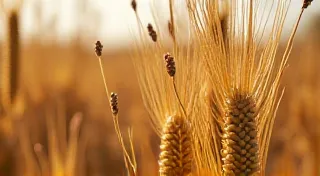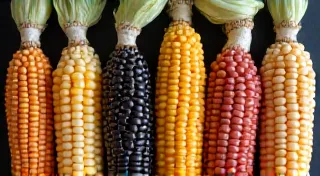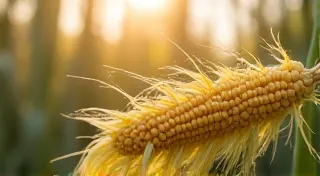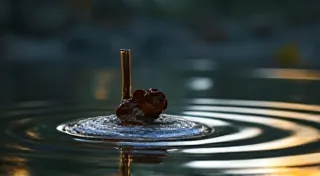Preserving Heirloom Corn for Winter Months
The satisfaction of harvesting your own heirloom corn is truly special. But what happens when the abundance of summer fades and winter arrives? Don't let your hard work go to waste! This guide explores several effective methods for preserving your precious heirloom corn, ensuring you can enjoy its deliciousness long after the growing season ends. Whether you’re looking for a simple, quick solution or a more involved process, we’re here to help you enjoy the fruits (or kernels!) of your labor all year round.
Why Preserve Heirloom Corn?
Beyond the simple enjoyment of fresh, homegrown corn, preserving offers several advantages. Heirloom varieties, often boasting superior flavor and nutritional value, can be savored even when they’re not in season. Preserving also reduces food waste and allows you to share the bounty of your garden with friends and family.
Freezing Heirloom Corn
Freezing is arguably the easiest method for preserving heirloom corn. The speed and simplicity make it perfect for those with limited time. There are two primary methods: freezing kernels on the cob and freezing kernels off the cob.
Freezing Corn on the Cob
This method preserves the flavor and texture exceptionally well. Simply blanch the corn on the cob for 7-11 minutes, depending on the size. Immediately plunge the blanched cobs into ice water to stop the cooking process. Dry them thoroughly before wrapping individually in plastic wrap or placing in freezer bags.
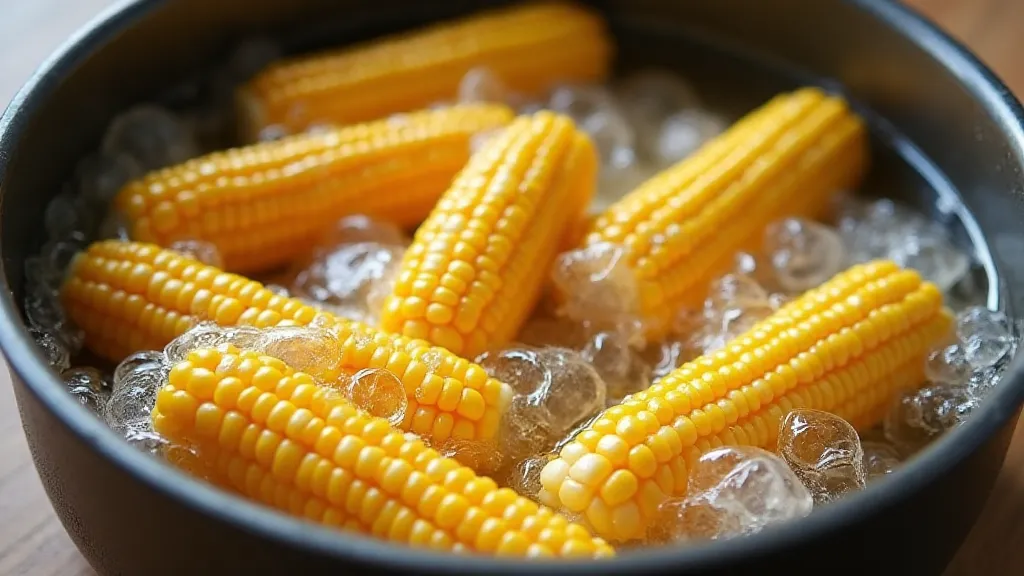
Freezing Corn Kernels
For convenience, freezing kernels directly is a popular choice. Shuck the corn and cut the kernels off the cob. Blanch the kernels for 4 minutes. Quickly cool them in ice water and drain well. Spread the kernels in a thin layer on a baking sheet and freeze for about 1-2 hours to prevent clumping. Once frozen, transfer the kernels to freezer bags or containers. Label and date each bag for easy identification.
Drying Heirloom Corn
Drying is an ancient preservation technique that removes moisture, preventing spoilage and creating a long-lasting product. Dried corn can be ground into cornmeal or used in soups and stews.
There are different approaches to drying corn. A dehydrator is the easiest and most reliable method. Spread the shucked corn kernels in a single layer on dehydrator trays and dry at 135°F (57°C) for 8-12 hours, or until the kernels are brittle and snap easily. Alternatively, you can dry the corn in a low oven (170°F or 77°C) for a similar duration, but monitoring is crucial to prevent burning. Air drying is possible in very dry climates, but it's a much slower process and requires excellent ventilation to avoid mold.
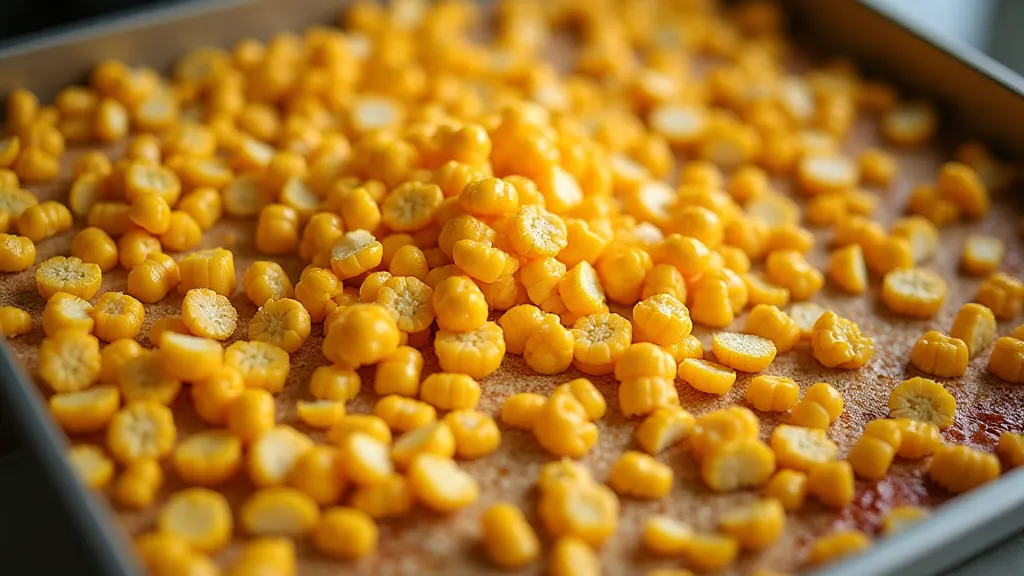
Canning Heirloom Corn
Canning is a more involved process, but it results in a shelf-stable product that can be stored for extended periods. This is a pressure canning method only and water bath canning is not safe for corn. It’s crucial to follow precise instructions and safety guidelines.
First, blanch the corn on the cob for 2 minutes. Pack the corn into sterilized canning jars, leaving 1 inch of headspace. Add hot canning salt, if desired. Add boiling water, leaving 1 inch of headspace. Remove air bubbles and wipe jar rims clean. Apply lids and rings. Process in a pressure canner according to recommended times for your altitude and jar size.
Important Note: Canning corn requires a pressure canner to reach the necessary temperatures to destroy botulism spores. Water bath canning is *not* suitable for corn and poses a serious health risk. Consult the USDA Complete Guide to Home Canning for detailed instructions and safety guidelines.

Storage Tips for Preserved Heirloom Corn
Proper storage is essential for maintaining the quality and safety of your preserved corn. Frozen corn should be kept at 0°F (-18°C) or below. Dried corn should be stored in airtight containers in a cool, dark, and dry place. Canned corn should be stored in a cool, dark, and dry place, away from direct sunlight.
Enjoy the satisfaction of savoring your homegrown heirloom corn throughout the winter months! With a little effort and these handy preservation techniques, you can extend the harvest and enjoy the unique flavors of your favorite varieties all year round.

